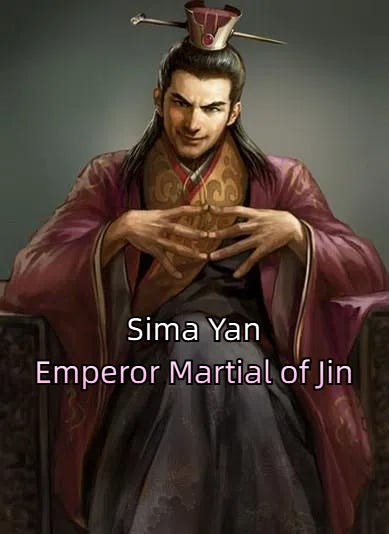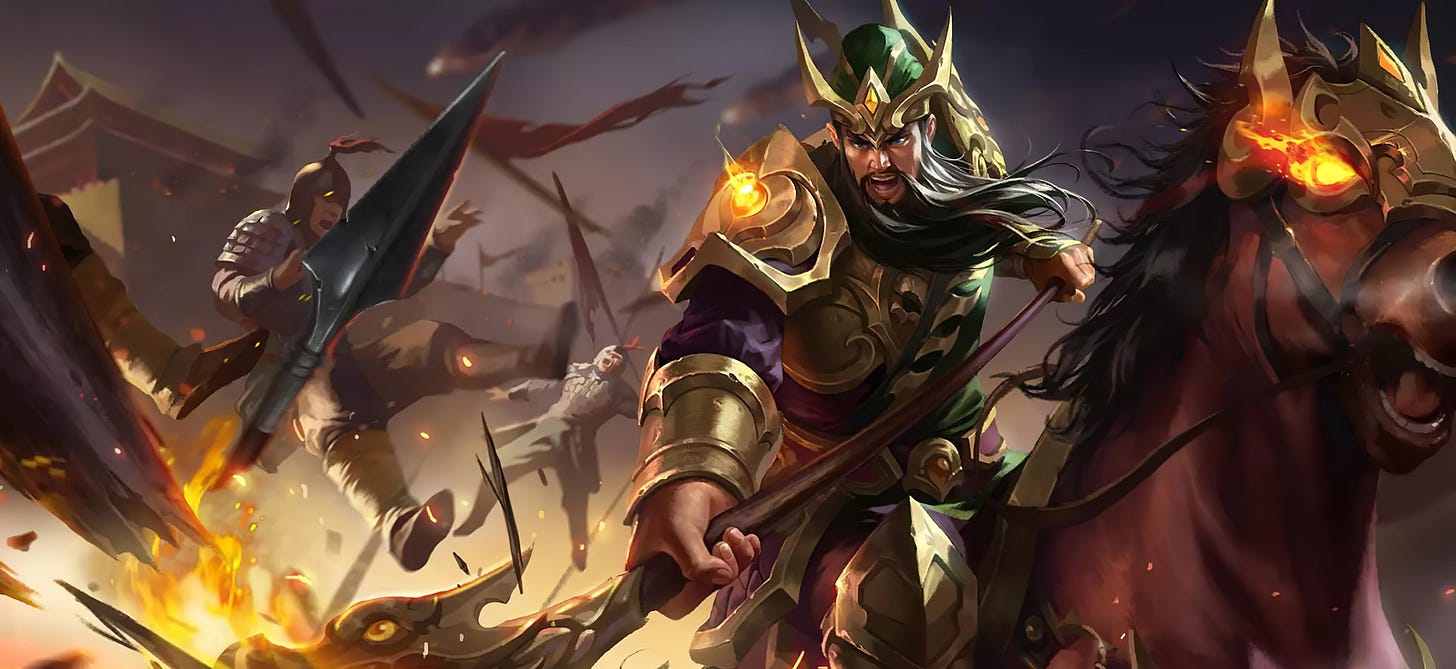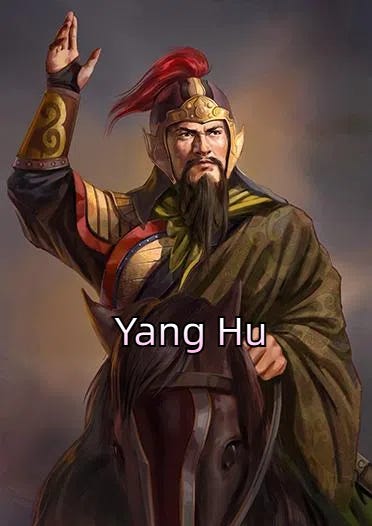Province of YanZhou(Introduction to Three Kingdoms Geographical Names 4)
Important Places of Three Kingdoms
More Place Names of Three Kingdoms
More Three Kingdoms Historical Stories
Yanzhou兖州, with its eight commanderies, was located in the western part of present-day Shandong Province and the eastern part of He’nan Province.
YanZhou,was the place where Cao Cao rises.
The terrain of Yanzhou is almost all plains, except for the majestic Taishan Mountain. It is bordered to the north by the affluent Jizhou冀州, to the southeast by Xuzhou徐州, to the northeast by Qingzhou青州, where the Yellow Turban Revolt was rampant, to the west by Luoyang, the capital of the Eastern Han Empire(25-220AD), which had just suffered from the Dong Zhuo's chaos, and to the south by the equally chaotic Yuzhou豫州.
The fact that Cao Cao was able to emerge from such a territory, with no terrain to defend and surrounded by powerful enemies, to eventually become the Prince of Wei, who unified northern China, shows his strength.
Yanzhou's commanderies, were namely : ChenLiu陈留, DongJun东郡, RenCheng任城, TaiShan泰山, JiBei济北, ShanYang山阳, JiYin济阴, DongPing东平.
Chenliu Commandery, was located in Kaifeng开封 City in present-day He’nan Province, which was later the capital of the Northern Song Dynasty(960-1127AD). During the late Han and Three Kingdoms periods, Chenliu mostly existed as a state because it was often used as a fiefdom for princes. It is not clear whether this was due to coincidence, or whether it was intentional by Sima Yan司马炎, the founding emperor of the Western Jin Dynasty(265-317AD): the last emperor of the Eastern Han Dynasty, Emperor Xian of Han, was the prince of Chenliu before he became emperor, and the last emperor of Wei was also named as the prince of Chenliu after he then abdicated the throne to Sima Yan.
In 190, during the coalition against Dong Zhuo, led by Yuan Shao, Zhang Miao张邈 was the commaderial governor of Chenliu, and Cao Cao, who did not have a base yet, was at this time dependent on Zhang Miao; and two years later, Cao Cao became the Provincial governor of Yanzhou, turning him into Zhang Miao's superior.
DongJun Commandery, with its seat in Puyang濮阳, which is now Puyang City in He’nan Province. It was Cao Cao's first base, but during Cao Cao's eastward expedition to Xuzhou, the whole of Yanzhou rebelled and was occupied by Lu Bu. Cao Cao and Lu Bu fought for several months in Puyang, and the fighting was so fierce in the end that both armies ran out of food due to a severe locust plague, and both had to withdraw from this miserable place where people were eating each other. A year later, Cao Cao defeated Lu Bu and recaptured Yanzhou. Later, Guan Yu helped Cao Cao by charging into the enemy's army alone and killing Yuan Shao's general Yan Liang颜良, which took place in Baima白马 County in the DongJun.
Rencheng Commandery, which existed under the name of “ State of Ren任国 ” during the Xia Dynasty(2070-1600BC) in ancient times, is now Rencheng District in Ji’ning City, Shandong Province. Later, Cao Cao's most valiant son, Cao Zhang, was named Prince of Rencheng after Cao Pi founded Wei.
Taishan Commandery, named after the famous Taishan Mountain, the main peak of which belongs to Bo博 County of Taishan Commandery. Because Taishan is one of the few mountainous regions in the Central Plains and many tough stragglers hid there during the chaotic times of the late Han era, Taishan Commandery thus became a major source of elite soldiers in the early Three Kingdoms period, and the “Taishan Soldiers” became another powerful force under Cao Cao's command.
Cao Cao's close friend Bao Xin鲍信,was from Taishan,he once came here to recruit 20,000 soldiers, and the fierce general Yu Jin于禁 was recruited as a common soldier at this time. After Bao Xin's death, Yu Jin, along with many other Taishan soldiers, came under Cao Cao's command and gradually rose to prominence. In addition, another fierce general, Lyu Qian吕虔, had also formed elite troops from Taishan's stragglers when he served as Taishan's Commanderial Governor , and was successful in many battles. The local strongmen Zang Ba臧霸 and Sun Guan孙观 also relied on the strong Taishan soldiers under their command to become long-standing independent forces.
Zhuge Liang's father, Zhuge Gui诸葛珪, also served as an official in Taishan Commandery. The Yang羊 Clan of Taishan , represented by the famous general Yang Hu羊祜 of the Western Jin Dynasty, was active in politics and military arena from the Eastern Han Dynasty to the Northern and Southern Dynasties(420-589AD).
Jibei Commandery is located between Dongjun to the west and Taishan Commandery to the east, and Cao Cao's close friend, Bao Xin, was the as the Commanderial Governor of Jibei.
Sanyang Commandery, originally called Changyi昌邑 Commandery, was renamed Sanyang during the reign of Emperor Xuan of Han(reign 74-48BC). Famous people from Shanyang Commandery during the Three Kingdoms period include Liu Biao, the provincial governor of Jingzhou, Wang Can王粲, a famous literary scholar, Li Dian李典, a famous general of Wei, and Yi Ji伊籍, a minister of Shu Han.
Jiyin Commandery, in today's Dingtao定陶 District, Heze City, Shandong Province, was also known as Dingtao Commandery, and its seat was also called Dingtao County. When Cao Cao was the provincial governor of Yanzhou, his seat, Juancheng鄄城, was located in Jiyin Commandery. It was the political, economic, military and cultural center of the Central Plains in ancient China.
Dongping Commandery, with its seat in WuYan无盐, was located in present-day Dongping County, Tai'an City, Shandong Province.








